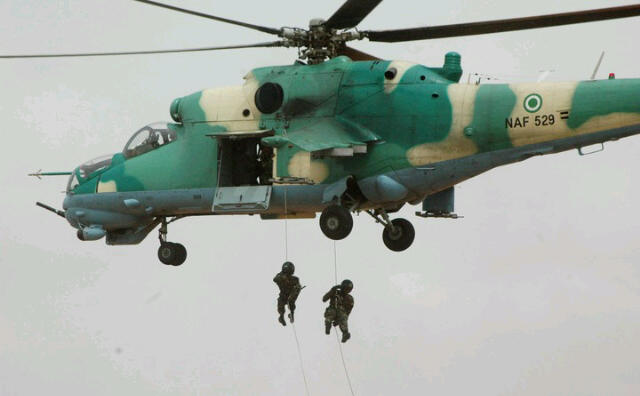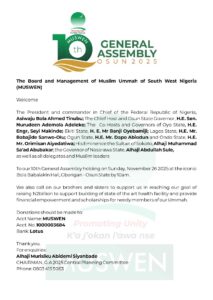The Nigeria Air Force, NAF, has said that the Air Task Force (ATF) of Operation Lafiya Dole and Allied Forces conducted 20 missions in 21 sorties with a total of about 39 hours flown on December 26 and 27 in support of operations in Baga general area.
The efforts led to the sacking of the terrorists group, Boko Haram, in the area.
Nigeria Air Force Director of Public Relations and Information, Air Commodore Ibikunle Daramola made this known as he gave details of how the terrorists were repelled.
His words: “It may be recalled that the Headquarters 7 Brigade Multinational Joint Task Force (MNJTF) Baga came under attack by members of the Islamic State of West Africa Province (ISWAP) in the evening of December 26.
“Upon receipt of the information of the attack, the Air Task Force (ATF) of Operation LAFIYA DOLE immediately dispatched a NAF Intelligence Surveillance and Reconnaissance (ISR), platform along with two Mi-35M Helicopter Gunships to provide support for the troops to repel the attack.
“The NAF ISR aircraft, which was overhead the troops’ location as at 7.15pm, also worked closely with a NAF and another allied ISR aircraft that are also in the operation area at the time of the attack.
“The ISR platforms were in contact with the ground troops and assisted in directing their fire against the terrorists, while the helicopter gunships engaged the terrorists at isolated locations destroying some of their vehicles and neutralising some fighters.”
Giving details of the activities of the ATF over the December 27 attack by Boko Haram on the Nigerian Army and Navy at the Naval Base at Doron Baga, Daramola said two ISR platforms, two Helicopter Gunships and two Alpha Jet aircraft were deployed to provide ISR and close air support.
He said after establishing communication with the ground troops, the location of the terrorists was ascertained and engaged by the Alpha Jet aircraft.
He stated that the NAF and allied ISR platforms also spotted two ISWAP vehicles heading southwards from Baga and vectored the Alpha Jet aircraft to attack the vehicles, completely destroying one of them and neutralising the occupants.
“In order to enhance the quality of coordination between the air and ground operations, the Theatre Commander and Maritime Component Commander were carried onboard the ISR platform during one of the flights,” he said.













